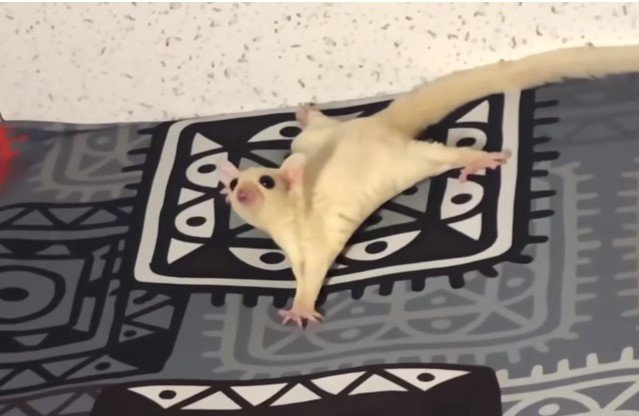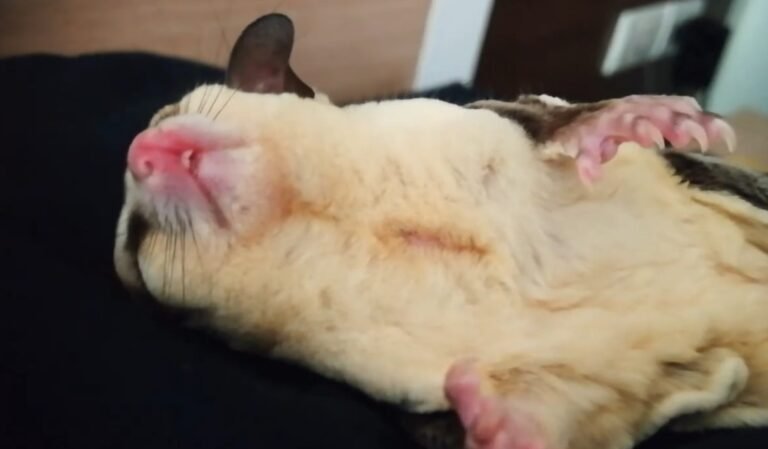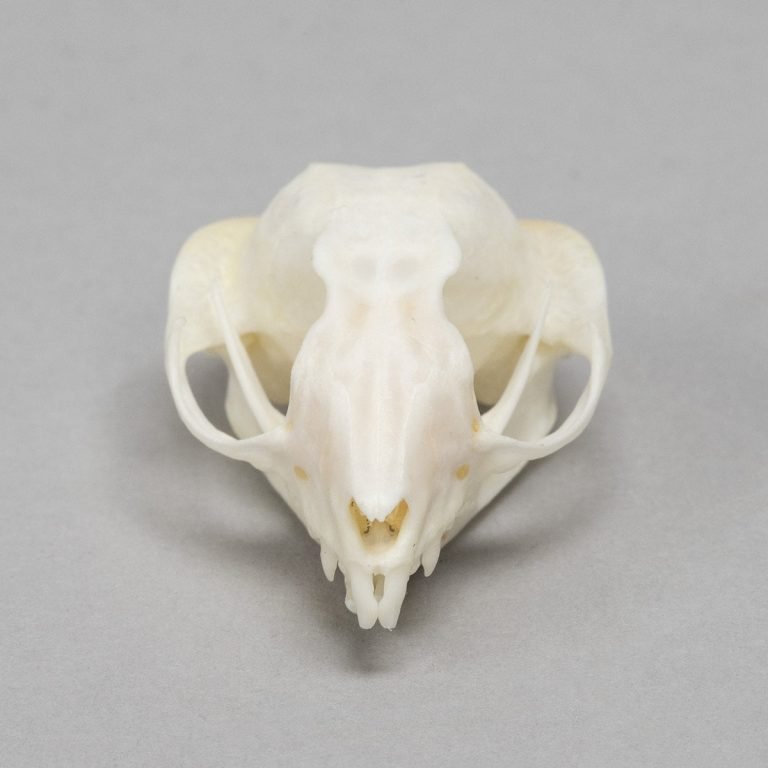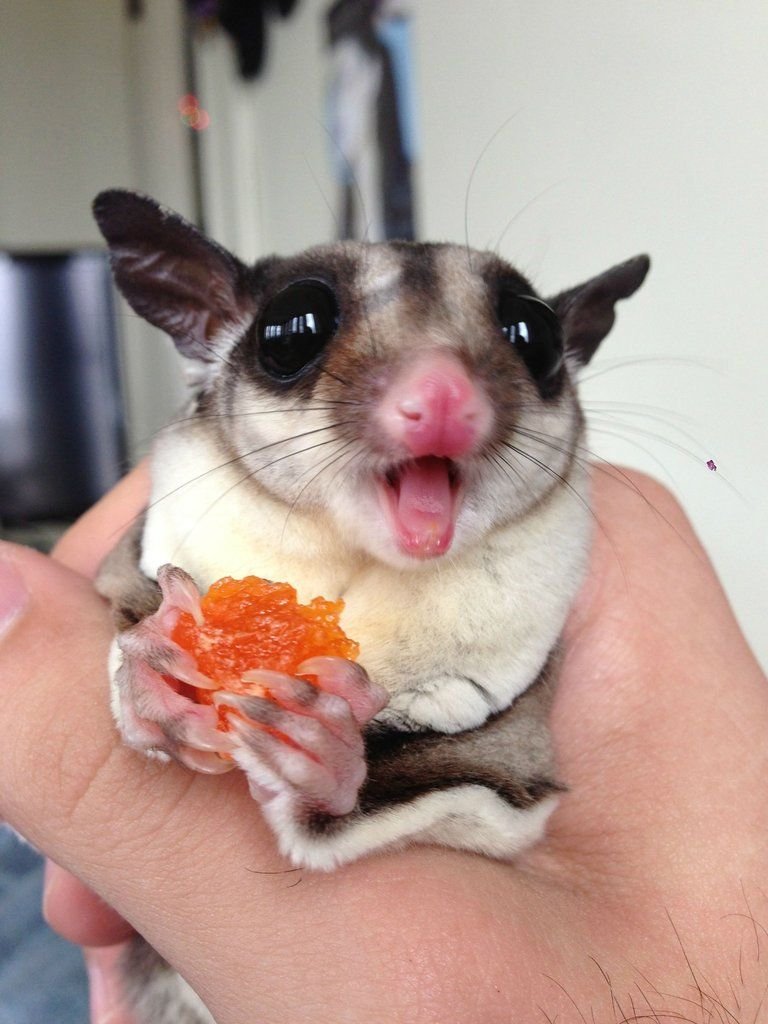How Big Can A Sugar Glider Get
There’s no denying that sugar gliders are incredibly adorable creatures. With their big eyes, fluffy tails, and ability to glide through the air, they capture our hearts and make us wonder just how big they can get. If you’re considering getting a sugar glider as a pet or you already have one, it’s important to understand their potential size. In this article, we’ll explore the question, “How big can a sugar glider get?” and provide you with all the information you need to know.
Sugar Gliders: A Brief Introduction
Before we dive into the topic at hand, let’s quickly introduce sugar gliders for those who may not be familiar with them. Sugar gliders are small, nocturnal marsupials native to Australia, Indonesia, and New Guinea. They belong to the same family as kangaroos and koalas, known as the Petauridae family.
These tiny creatures are known for their ability to glide through the air. They have a membrane called a patagium that extends from their wrists to their ankles, allowing them to glide from tree to tree. They are social animals and are often seen in groups called colonies.
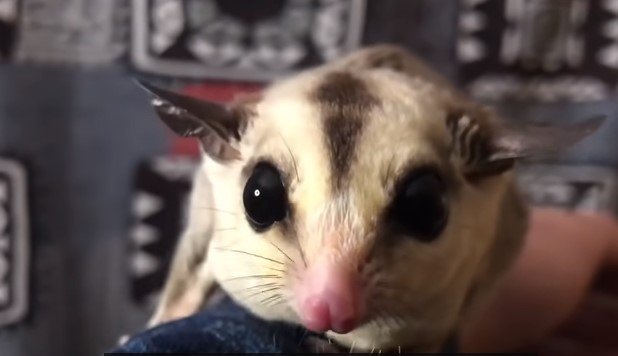
So, how big can a sugar glider get?
Sugar gliders are small animals, typically measuring around 5 to 7 inches in length from their nose to the base of their tail. Their tails can add an additional 5 to 6 inches to their overall length. On average, adult sugar gliders weigh between 100 and 160 grams.
Factors that influence size
Like any living creature, the size of a sugar glider can vary based on several factors including genetics, nutrition, health, and environment.
1. Genetics: Just like humans, sugar gliders inherit certain traits from their parents. The size of their parents can give you a good indication of how big they may grow. If their parents are on the larger side, it’s likely that the offspring will be too.
2. Nutrition: A sugar glider’s diet plays a crucial role in its growth and overall health. A well-balanced diet that includes a variety of fruits, vegetables, protein, and supplements is essential for their proper development. If a sugar glider is malnourished or not receiving the necessary nutrients, it may not reach its full growth potential.
3. Health: Any underlying health issues can affect a sugar glider’s growth. If they have certain medical conditions or if they are not receiving proper veterinary care, it can hinder their growth.
4. Environment: The living conditions and the space available for a sugar glider to move and exercise can also impact its growth. A sugar glider that has plenty of space to explore and play is more likely to develop fully.
Age and Growth Stages
Like most animals, sugar gliders go through various growth stages as they age.
1. Joeys: Baby sugar gliders, known as joeys, are tiny and underdeveloped at birth, weighing only about 0.2 grams. They are blind, hairless, and rely completely on their mother for nourishment and protection. Their growth during this stage is rapid, and they gain weight and size quickly. After around 8 to 12 weeks, joeys begin to emerge from the pouch and their eyes start to open.
2. Adolescents: As sugar gliders reach adolescence, their growth begins to slow down. They continue to develop physically and mentally, but at a much slower rate. From around 3 to 8 months, sugar gliders experience a growth spurt. They begin to develop their gliding skills and explore their surroundings.
3. Adults: Once a sugar glider reaches adulthood, their growth generally stabilizes. The size they reach during this stage is typically their final size. On average, sugar gliders reach their full adult size around 9 to 12 months of age.
Frequently Asked Questions
1. Are male or female sugar gliders bigger?
When it comes to size, there is no significant difference between male and female sugar gliders. Both genders can reach the same size range, typically measuring around 5 to 7 inches in length.
2. Can a sugar glider grow after reaching adulthood?
While sugar gliders may continue to gain weight as they age, their physical size generally remains the same after reaching adulthood. It’s important to note that proper nutrition and care are essential during their development stage to ensure they reach their full potential.
3. Are there any size differences among different sugar glider species?
Yes, there are several species of sugar gliders, and some may be slightly larger or smaller than others. The most common species kept as pets, the Sugar glider (Petaurus breviceps), generally falls within the size range mentioned earlier.
Final Thoughts
In conclusion, sugar gliders are small creatures that typically measure around 5 to 7 inches in length. Their size can vary based on genetics, nutrition, health, and environment. By providing them with a balanced diet, proper care, and a suitable living space, you can ensure that your sugar glider reaches its full growth potential. Remember, while they may be small in size, their presence and companionship can bring immense joy and love into your life. So, enjoy the journey of raising your furry little glider and cherish every moment together!

